
2 minute read
Our Community Network
from How to cast a circle
by T'eVine
“ We c a n n o t s o l v e o u r p r o b l e m s w i t h t h e s a m e t h i n k i n g w e u s e d w h e n w e c r e a t e d t h e m” A l b e r t E i n s t e i n
A stitch in time, saves nine is an example of the pattern languages we use daily.
Advertisement
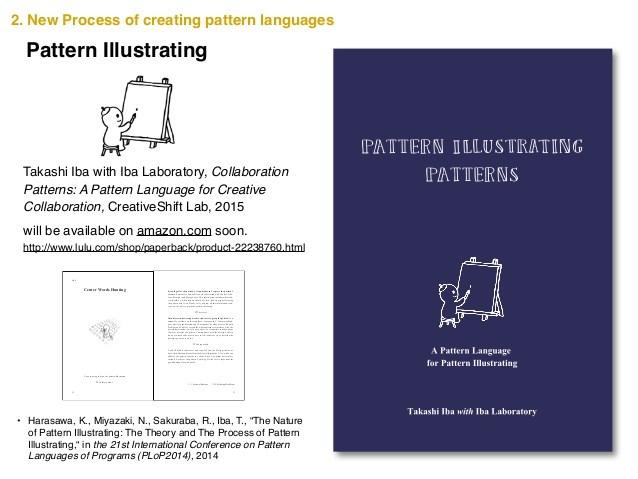
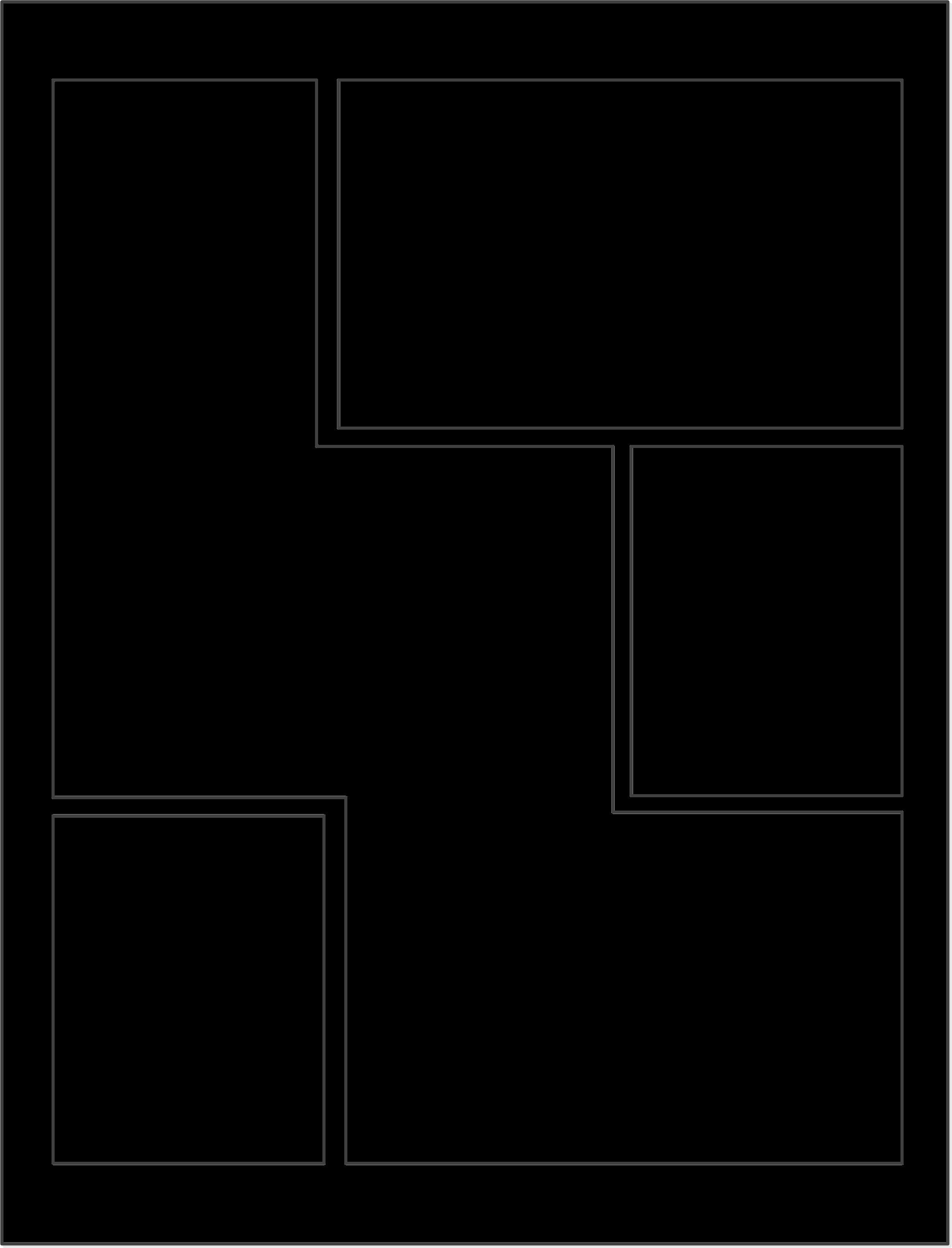
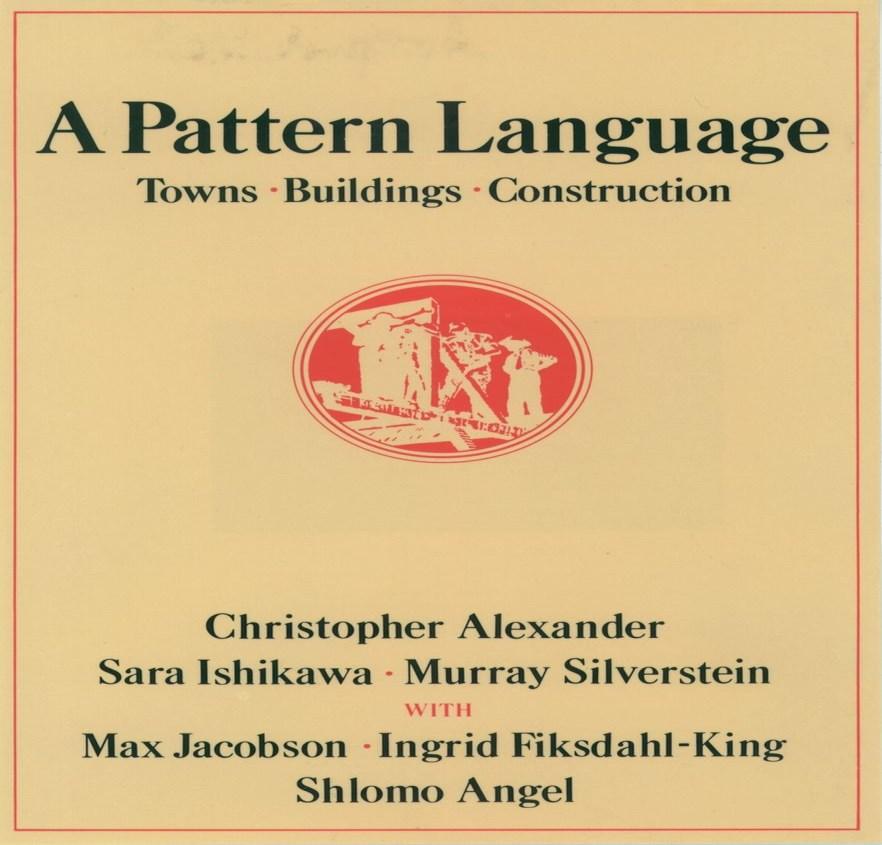
Pattern Language 1.0 106 -Positive Outdoor Space
Outdoor spaces which is merely “left over” between buildings will, in general, not be used.
Buildings that create negative, leftover space…. Buildings that create positive, outdoor space.
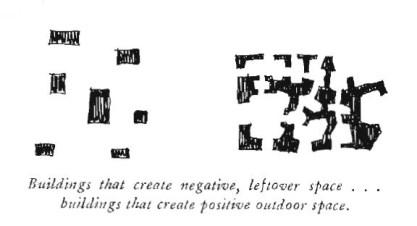


copyright 1979 Christopher Alexander
Pattern Language 2.0 Patterns for Software
Therefore
Make all the outdoor spaces which surround and lie between your buildings positive. Give each one some degree of enclosure; surround each space with wings of buildings, trees, hedges, fences, arcades, and trellised walks until it becomes an entity with a positive quality.
Design Patterns is a modern classic in the literature of object-oriented development, offering timeless and elegant solutions to common problems in software design. It describes patterns for managing object creation, composing objects into larger structures, and coordinating control flow between objects. The book provides numerous examples where using composition rather than inheritance can improve the reusability and flexibility of code. Note, though, that it's not a tutorial but a catalog that you can use to find an object-oriented design pattern that's appropriate for the needs of your particular application--a selection for virtuoso programmers who appreciate (or require) consistent, wellengineered object-oriented designs.
copyright 2014 Takashi Iba
Pattern Language 3.0 Learning by Creating
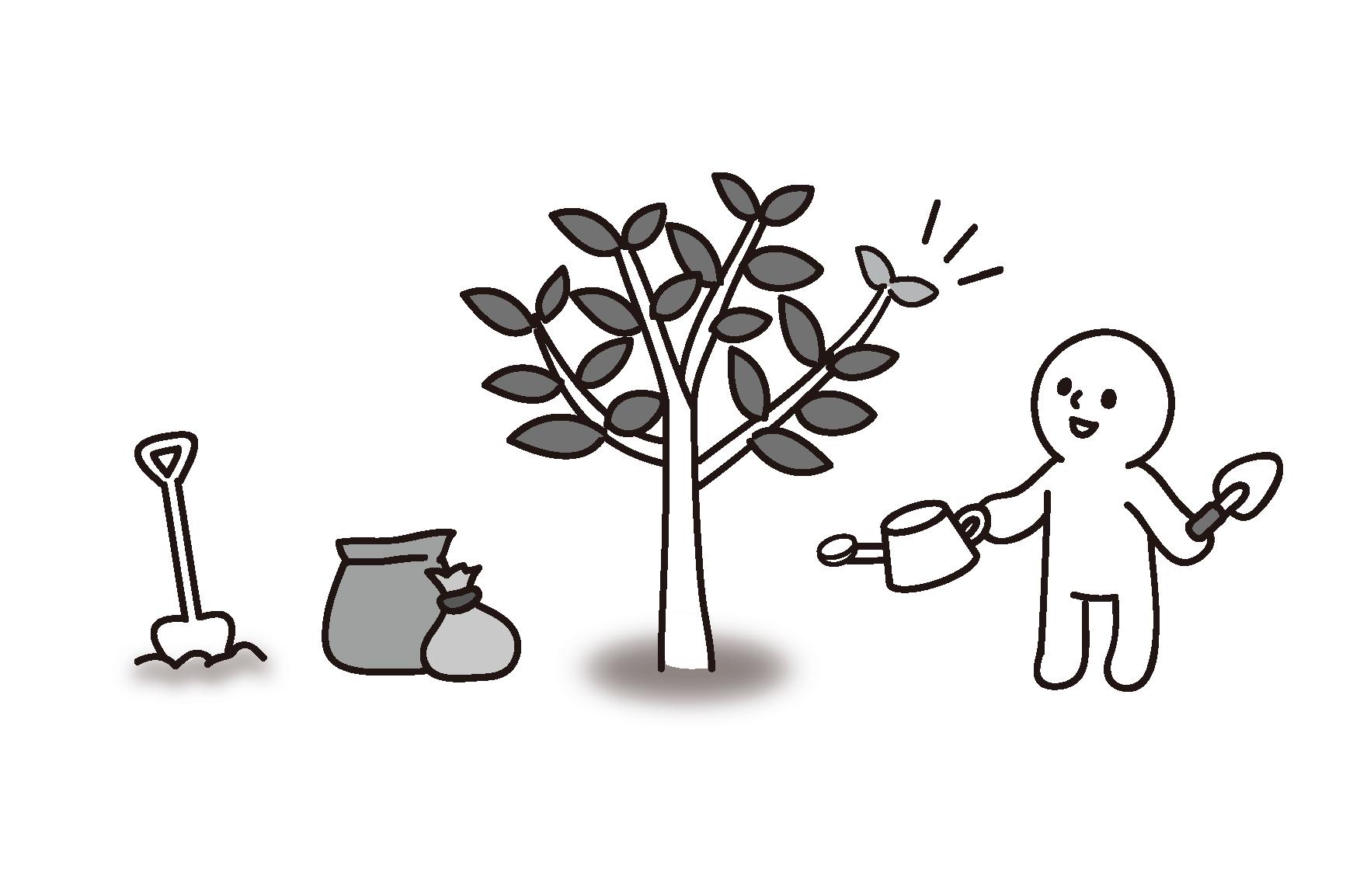
Learn through actively creating rather than through memorization You have started to learn and maybe you want more excitement. You are not willing to learn just by acquiring knowledge and skills
Therefore
Launch and implement your own project to improve your knowledge and skills



